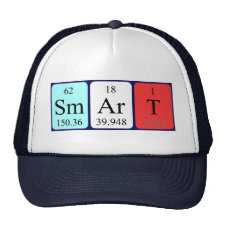
Authors: Manickam P, Arizaleta F, Gurusamy M, Bhansali S
Article Title: Theoretical Studies of Cortisol-Imprinted Prepolymerization Mixtures: Structural Insights into Improving the Selectivity of Affinity Sensors.
Publication date: 2017
Journal: Journal of The Electrochemical Society
Volume: 164
Issue: (5)
Page numbers: B3077-B3080.
DOI: 10.1149/2.0101705jes
Alternative URL: http://jes.ecsdl.org/content/164/5/B3077.abstract
Abstract: The binding affinity of molecularly imprinted polymers (MIPs) relies on the mechanisms and the extent of the functional monomer-template interactions present in the prepolymerization mixture. Thus, a clear understanding and optimizing the physiochemical parameters governing these interactions is key in designing and modeling MIPs with good selectivity. Quantum chemical method was applied here for the theoretical investigation into the interaction between cortisol and pyrrole in a molecularly imprinted prepolymerization mixtures. Since polypyrrole (PPy) is one of the most extensively used conducting polymers in design of bioanalytical sensors, pyrrole is chosen as a functional monomer. The pre-assembly system of possible conformations of cortisol/pyrrole monomer systems have been optimized with the use of density functional theory (DFT) at B3LYP/6-311G (d) level using Gaussian 09 software. The binding energy calculations of a range of structurally related steroids (cortisol, progesterone, prednisolone, 21-deoxycortisol and 6-methyprednisolone) with functional monomer have been analyzed through computational modelling. The most stable configurations of cortisol/functional monomer complexes have been optimized and selected. Based on the conformational analysis and the calculated binding energies of steroid/pyrrole molecular imprinted systems, we have concluded that the interactions between cortisol and pyrrole are more specific and stronger in comparison to the interactions between other steroid hormones (progesterone, prednisolone, 21-deoxycortisol and 6-methyprednisolone) and pyrrole
Template and target information: cortisol
Author keywords: binding energy, Computational modelling, imprinted polymer, molecular recognition, Steroid hormone



Join the Society for Molecular Imprinting

New items RSS feed
Sign-up for e-mail updates:
Choose between receiving an occasional newsletter or more frequent e-mail alerts.
Click here to go to the sign-up page.
Is your name elemental or peptidic? Enter your name and find out by clicking either of the buttons below!
Other products you may like:
 MIPdatabase
MIPdatabase









